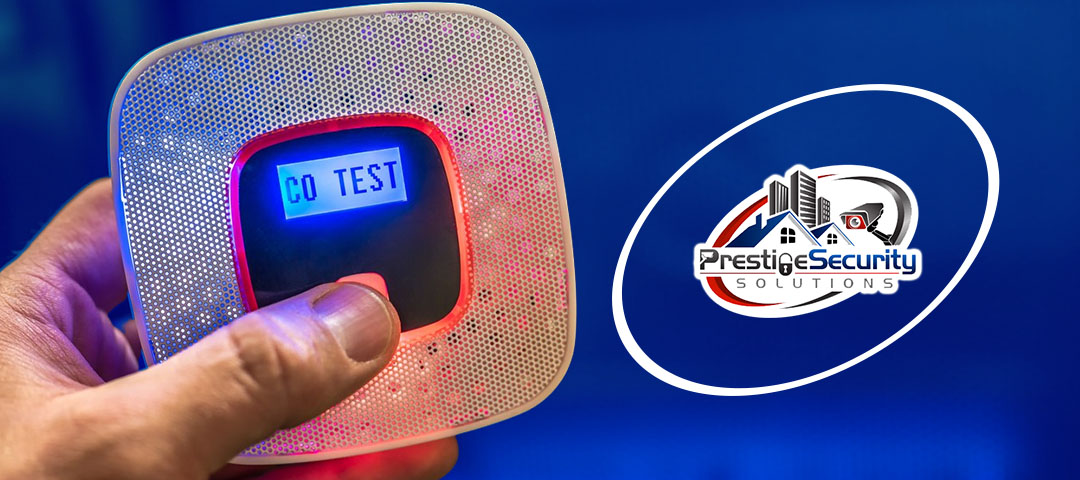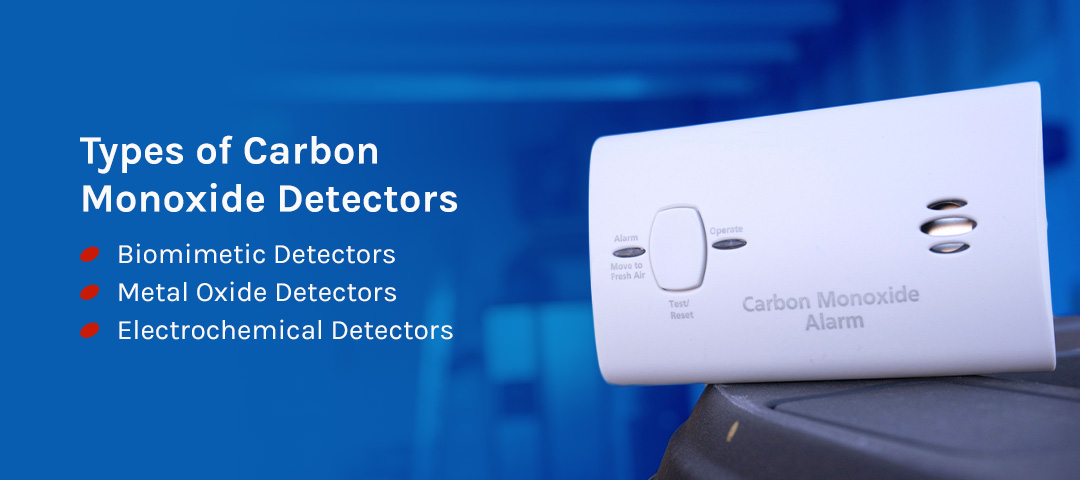Last Updated on May 18, 2023
Safety should always be at the forefront of your business mission and home concerns. Though fires and break-ins often take center stage regarding preventive safety measures, carbon monoxide poisoning is equally dangerous and can harm people or lead to death.
This silent killer is more common than many people realize, leading to thousands of hospital visits yearly. Various appliances and tools can generate carbon monoxide, and it’s nearly impossible to identify without proper detectors. Carbon monoxide detectors can make your space safer and ensure your health and the health of those around you. Regular testing is essential for your safety, so keep reading to learn how to check your carbon monoxide detector and the different types you can find.
Why Testing Your Detector Is Crucial
Carbon monoxide is an invisible threat resulting in thousands of annual emergency room visits and more than 400 deaths every year.
This colorless, odorless and tasteless gas affects the heart and brain the most, and prolonged exposure can commonly appear as flu symptoms, making it challenging for people to get the care they need. Regular testing can help prevent the adverse effects of this gas, such as:
- Headaches
- Dizziness
- Drowsiness
- Vomiting or nausea
- Confusion
- Blurry vision
- Shortness of breath
- Loss of consciousness and muscle control
- Weakness
A wide range of appliances can give off carbon monoxide, including boilers, stoves, power tools, grills, space heaters, fireplaces, furnaces and generators. Since this gas is impossible to observe with your five senses, the best prevention method is to ventilate your space and have a carbon monoxide detector that can alert you when a problem occurs. Then, you can become aware of rising levels before it’s too late. Proper prevention can save lives and help create a healthy environment for everyone.
Types of Carbon Monoxide Detectors
Whether you’re looking to secure your business or make your home safer, you can choose from three types of carbon monoxide detectors. Each type prevents carbon monoxide poisoning with a different function. Below, you’ll find more information about each type and how they can benefit your space. Evaluate the pros and cons to find the one to best suit your needs.
Biomimetic Detectors
Biomimetic, or biometric, detectors mimic carbon monoxide effects in the blood. This detector has a gel-coated disc that will turn a different color when it faces carbon monoxide exposure. Once the disc changes color, a sensor will alert the alarm to sound. You must place this detector in a carbon monoxide-free space to rest it.
Many homeowners and businesses prefer this detector to other types because it tends to be the most affordable option. These detectors will also function during power outages because they are battery-operated. However, you must ensure the batteries work and replace them over time.
Metal Oxide Detectors
These detectors have circuits that connect to a silica chip. They work by triggering the alarm when carbon monoxide reaches a certain level and makes contact with the circuitry. When this happens, the electrical resistance lowers, triggering the alarm to sound.
You can plug these detectors into a wall outlet — they don’t need batteries. These detectors’ portability draws many businesses and homeowners because they can move them to different rooms, buildings and spaces for maximum coverage.
Electrochemical Detectors
Electrochemical detectors operate with electric currents. These currents flow through a chemical solution, and electrical diodes trigger the alarm. Carbon monoxide ignites a current change, which alerts anyone in the area.
This option is excellent for people or businesses that frequently experience carbon monoxide from appliances or tools because these detectors are highly responsive to the gas, which allows you to respond quickly.
How to Test for Carbon Monoxide in Your Home or Business
Testing whether your carbon monoxide monitor is working is simple. Though there are three types of detectors, the steps for testing them are typically the same.
- Prepare for the test by alerting your family or employees. You may also need to alert your security company if you’ve linked your detector to your security system.
- Put on hearing protection, and encourage others to do the same.
- Turn the detector to test mode to prevent it from triggering unnecessarily.
- Locate the test button and hold it until you hear two chirps or beeps. Some detectors may flash a light rather than make a noise.
- Once you hear the initial chirps, press and hold the test button until you hear four additional noises.
- Release the button.
After completing the test, your detector must return to its original settings. Some detectors do this automatically, while others require a manual reset. If your detector uses the same button for tests and resets, you may only need to hold it longer to achieve a reset. Always check your manual to be sure of your reset process.
FAQs About Testing Carbon Monoxide Detectors
We understand you may have some questions about your detector. Here, we’ve compiled a helpful list you can review for maximum safety.
How Often Should You Perform a Detector Test?
Plan to test your detector once a month for maximum efficiency and function.
How Do You Know if Your Test Worked?
If you followed our instructions for detector testing and heard the proper responses, your carbon monoxide detector is working. Sometimes detectors won’t work when the batteries are low, so be sure to have replacements before testing if it’s been a while since you last changed them.
How Can You Ensure Proper Detector Function?
You’ll want to follow a few suggestions to keep your detectors working correctly. For example, you want to place them in centrally located areas where everyone can hear them, such as outside bedrooms in your home or in a main hallway at your business.
Additionally, frequently clean your detector to remove debris and dust that impact function. Plan to change the batteries twice a year and replace your detector when it reaches the end of its lifetime, typically every five to seven years.
Fill out a Contact Form for Your Environmental Alarm System Needs
Taking the necessary steps to test an environmental monitoring alarm system is vital for your safety. Preventing carbon monoxide poisoning is easy with the proper safety measures. That’s where we come in.
Prestige Security Systems provides comprehensive security solutions for businesses and homeowners in the United States. We’re your top choice for safety systems to monitor your surroundings and safeguard those closest to you. Whether you’re looking to upgrade your existing system or want to learn the initial essentials for your space, we’ve got you covered.
Complete our contact form to meet all your environmental alarm system needs.




Recent Comments